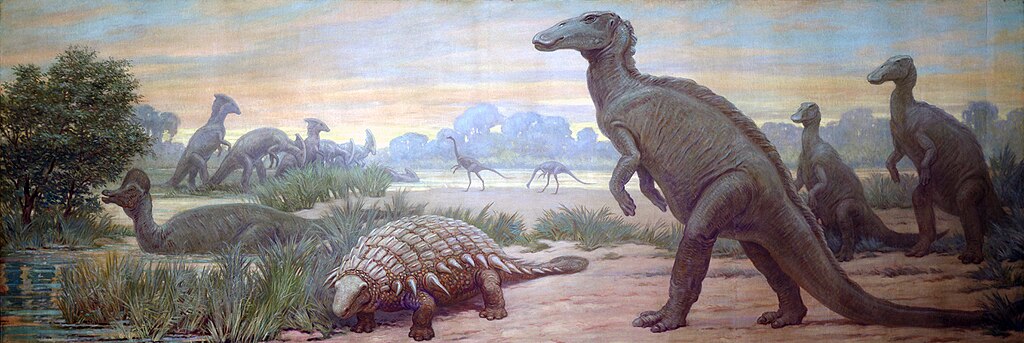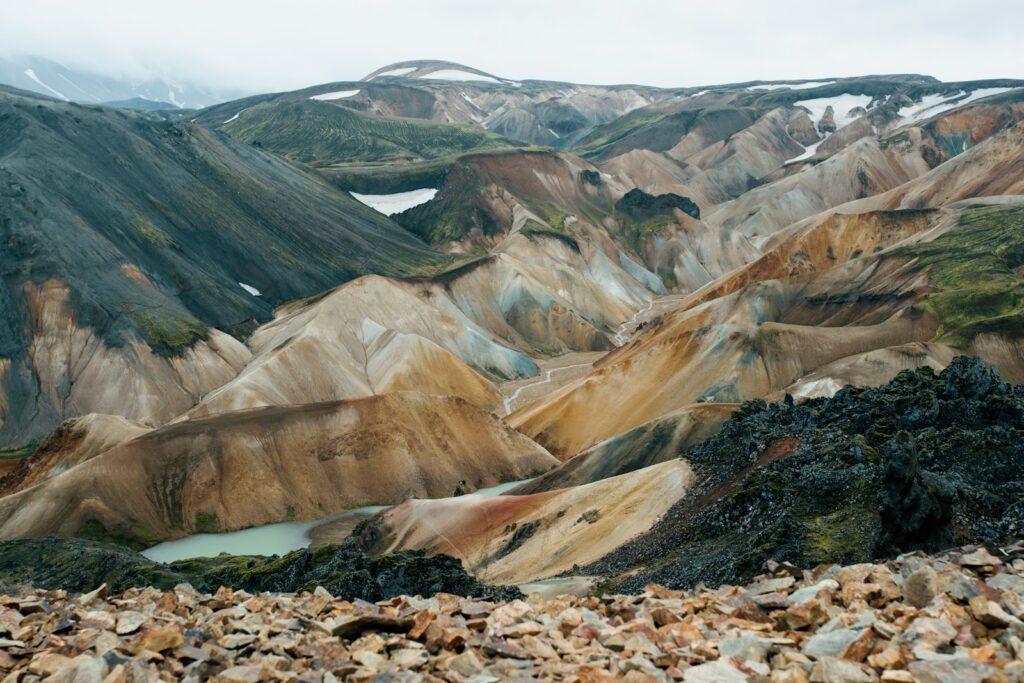Picture this: you’re standing in a world where palm trees sway in the Arctic breeze, and crocodiles bask on beaches that would one day become the frozen tundra of Alaska. This isn’t some fever dream or science fiction movie – this was reality during the Cretaceous period, roughly 145 to 66 million years ago. Our planet was so dramatically different that if you could time-travel back then, you’d barely recognize Earth as the same world we call home today.
When Earth Was a Greenhouse Paradise

The Cretaceous period stands out as one of the most extreme greenhouse climates in Earth’s history. Global temperatures soared to levels that would make today’s climate change debates seem quaint by comparison. Scientists estimate that average global temperatures were about 6 to 14 degrees Celsius warmer than today’s levels. This wasn’t just a slight warming trend – it was a complete transformation of our planet’s climate system. The polar ice caps that we consider permanent fixtures today simply didn’t exist, and sea levels stood roughly 200 meters higher than they do now. Imagine if the Statue of Liberty were completely submerged, and you’d get a sense of just how different our world looked back then.
The Carbon Dioxide Time Bomb
What caused this ancient climate chaos? The culprit was carbon dioxide, but not from burning fossil fuels or industrial activity. During the Cretaceous, massive volcanic eruptions were pumping CO2 into the atmosphere at rates that dwarf anything humans have managed to produce. These weren’t your typical mountain volcanoes either – we’re talking about continent-sized volcanic provinces that spewed lava and gases for millions of years. The atmospheric CO2 levels reached concentrations of 1,500 to 2,000 parts per million, compared to today’s already concerning 420 ppm. It’s like Earth was running a fever that lasted for tens of millions of years, and the thermometer just kept climbing higher.
Tropical Beaches in the Arctic Circle
The polar regions during the Cretaceous were nothing like the frozen wastelands we know today. Instead of ice sheets and howling winds, the Arctic was home to lush forests filled with ferns, cycads, and early flowering plants. Fossil evidence shows that crocodiles and turtles thrived in what is now northern Canada and Alaska. The contrast is almost unimaginable – where polar bears hunt on sea ice today, ancient reptiles once sunbathed on warm beaches. Ocean temperatures at the poles reached a balmy 15 degrees Celsius, about the same as the Mediterranean Sea today. This wasn’t just a warm spell; it was a complete reorganization of Earth’s climate zones that persisted for millions of years.
Sea Levels That Redrew the Map
The high sea levels of the Cretaceous literally redrew the map of Earth. Much of what we now consider solid land was underwater, creating vast shallow seas that stretched across continents. North America was split by the Western Interior Seaway, a massive body of water that connected the Arctic Ocean to the Gulf of Mexico. Europe was mostly an archipelago of islands scattered across a warm, tropical sea. These elevated sea levels weren’t just about melted ice – they were also caused by the ocean floor itself rising due to increased volcanic activity. Think of it as Earth’s plumbing system going haywire, pushing water levels higher and higher across the globe.
The Great Oxygen Crisis
One of the most dramatic aspects of Cretaceous climate was the periodic collapse of ocean oxygen levels. These events, called oceanic anoxic events, turned large portions of the world’s oceans into dead zones where nothing could survive. The warm temperatures and sluggish ocean circulation created perfect conditions for massive algae blooms that consumed all available oxygen. When these microscopic organisms died and decomposed, they created layers of black, oxygen-starved sediment that we can still see in rock formations today. It was like the oceans were holding their breath for thousands of years at a time, creating some of the most extreme marine conditions in Earth’s history.
Storms That Would Humble Modern Hurricanes
The supercharged atmosphere of the Cretaceous likely produced weather systems that would make today’s most powerful storms look like gentle summer showers. With so much more energy in the climate system, atmospheric circulation patterns were far more intense than anything we experience today. Computer models suggest that tropical cyclones during this period could have reached wind speeds that exceed our current measurement scales. The warm polar regions also meant that the temperature difference between the equator and poles was much smaller, creating entirely different weather patterns. Instead of the jet streams and storm tracks we’re familiar with, the Cretaceous had its own unique atmospheric dance that we’re still trying to understand.
The Flowering Revolution
The extreme climate of the Cretaceous coincided with one of the most important evolutionary events in plant history – the rise of flowering plants, or angiosperms. These weren’t just pretty flowers; they represented a complete revolution in how plants reproduced and interacted with their environment. The warm, CO2-rich atmosphere provided perfect conditions for rapid plant evolution and diversification. Within just 20 million years, flowering plants went from being rare curiosities to dominating terrestrial ecosystems. This botanical explosion changed everything from soil chemistry to animal diets, creating the foundation for the complex ecosystems we see today.
Marine Reptiles in a Warm Ocean Wonderland
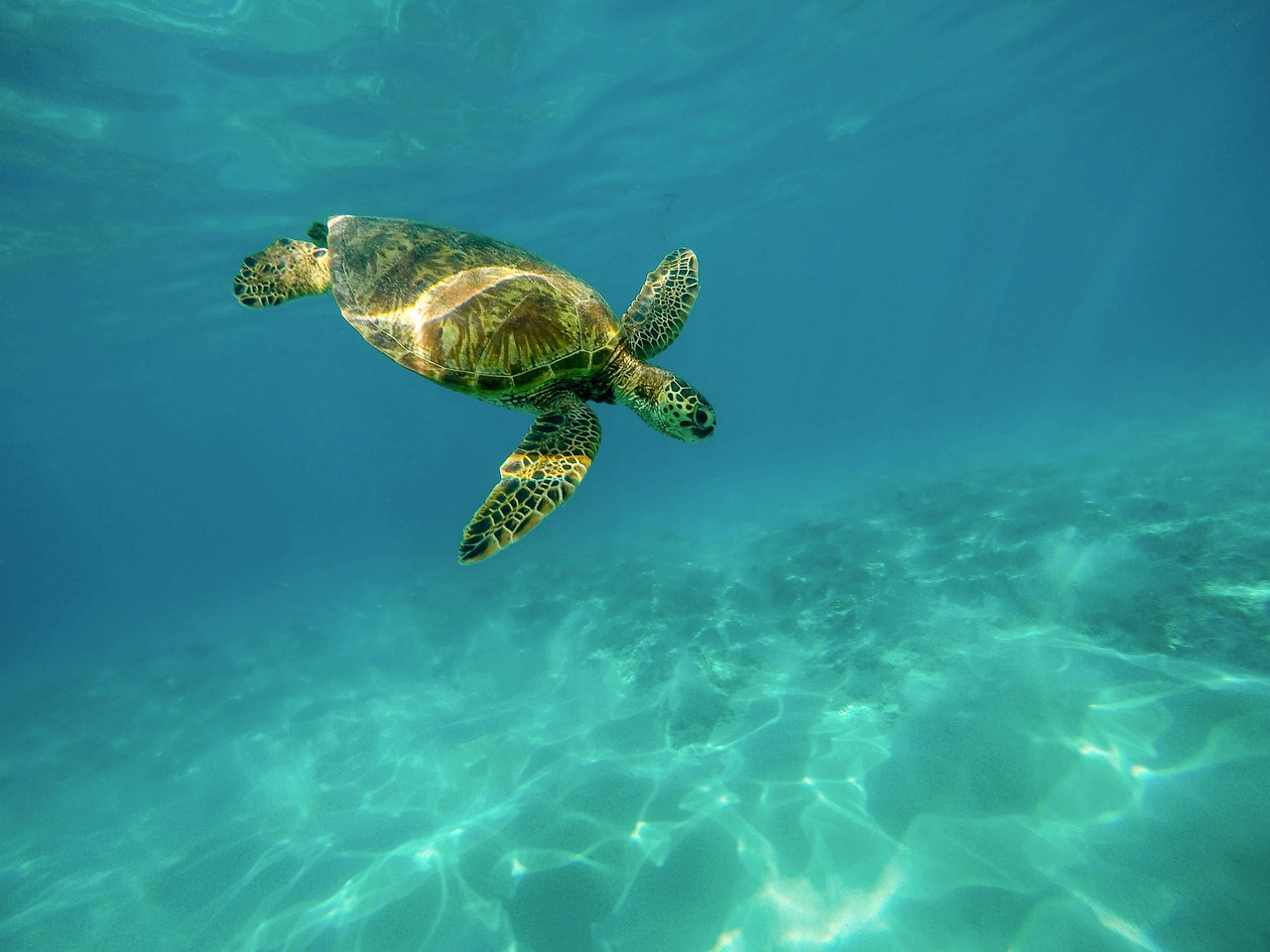
The warm, shallow seas of the Cretaceous were home to some of the most spectacular marine predators ever to grace our planet. Mosasaurs, essentially giant marine lizards, grew to lengths of over 15 meters and ruled the seas like underwater dragons. Plesiosaurs with necks longer than telephone poles glided through tropical waters that covered much of modern-day Kansas and Colorado. These weren’t just oversized versions of modern marine animals – they were entirely different creatures adapted to a world where the oceans were as warm as bathwater. The abundance of marine life during this period was staggering, with fossil beds containing thousands of specimens packed together like an ancient underwater traffic jam.
Continental Drift and Climate Feedback Loops
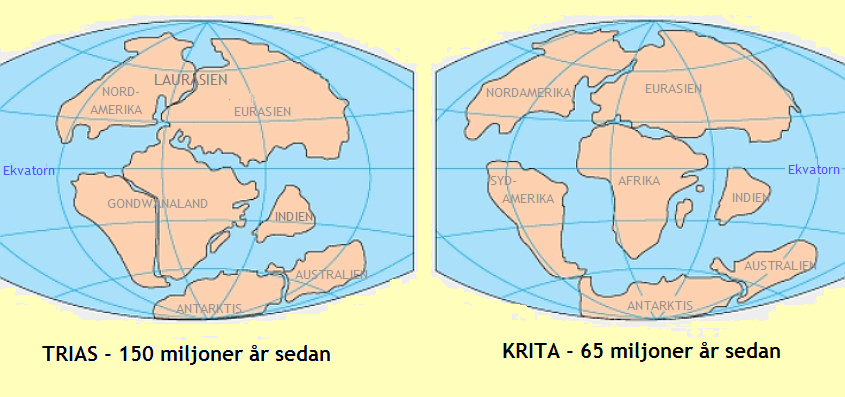
The position of continents during the Cretaceous played a crucial role in amplifying the extreme climate. With no polar landmasses to support ice sheets and ocean currents flowing more freely between the equator and poles, heat distribution was fundamentally different from today. The breakup of the supercontinent Pangaea was still underway, creating new ocean basins and altering global circulation patterns. This continental configuration created positive feedback loops that reinforced the greenhouse conditions. When you combine the effects of continental drift with massive volcanic activity and high CO2 levels, you get a perfect storm of climate extremes that lasted for tens of millions of years.
The Asteroid That Changed Everything
The party couldn’t last forever, and the Cretaceous period ended with the most dramatic climate change event in Earth’s history – the asteroid impact that created the Chicxulub crater. This cosmic collision didn’t just kill the dinosaurs; it triggered a global climate catastrophe that made the previous 80 million years of greenhouse conditions seem stable by comparison. The impact threw so much debris into the atmosphere that sunlight was blocked for months or even years, causing a “nuclear winter” effect that plunged global temperatures. In just a few years, Earth went from greenhouse paradise to frozen wasteland, demonstrating just how fragile even the most extreme climate systems can be.
What Cretaceous Fossils Tell Us Today

The fossil record from the Cretaceous period provides a detailed archive of how life responds to extreme climate conditions. Unlike today’s rapid climate change, the greenhouse conditions of the Cretaceous developed over millions of years, giving ecosystems time to adapt and evolve. Fossil plants show adaptations to high CO2 levels, including different leaf structures and growth patterns. Marine fossils reveal how ocean chemistry changes affected shell-building organisms, providing clues about ocean acidification processes. These ancient records are like a natural laboratory experiment, showing us what happens when Earth’s climate system is pushed to its limits over geological timescales.
Lessons from the Ultimate Greenhouse
The Cretaceous period offers both reassurance and warning about climate change. On one hand, it shows that life can adapt to extreme conditions and that Earth’s climate system is capable of dramatic transformations. Many groups of organisms, including mammals, birds, and flowering plants, not only survived but thrived during this greenhouse period. On the other hand, the Cretaceous also demonstrates how unstable extreme climate systems can be, with rapid transitions between different states and periodic collapses of entire ecosystems. The speed of current climate change far exceeds anything seen during the Cretaceous, raising questions about whether modern ecosystems can adapt quickly enough to keep pace.
Could Cretaceous Conditions Return?
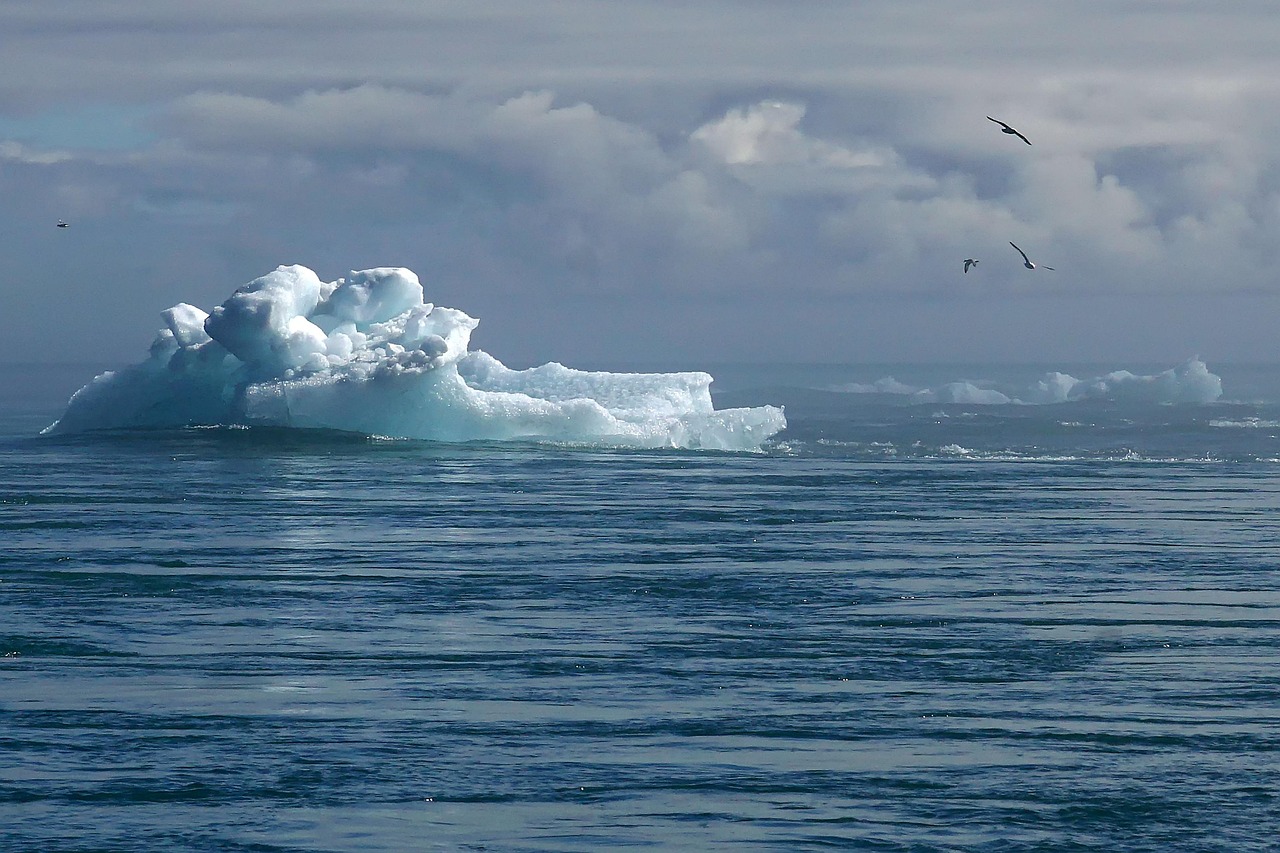
While we’ll never see an exact repeat of Cretaceous conditions, some aspects of that ancient climate are eerily relevant to our current situation. Rising CO2 levels, warming polar regions, and rising sea levels all echo patterns from 100 million years ago. However, the timescales are vastly different – what took millions of years during the Cretaceous is happening in just centuries today. The continental positions are different, the sun is slightly brighter, and the evolutionary landscape has completely changed. Modern ecosystems evolved under cooler conditions and may not be as resilient as their Cretaceous counterparts. Understanding these ancient climate extremes helps scientists better predict how our planet might respond to continued greenhouse gas emissions.
The Cretaceous period reminds us that Earth’s climate is far more dynamic and extreme than our brief human experience might suggest. This ancient greenhouse world, with its tropical poles and sea levels hundreds of feet higher than today, shows us both the incredible adaptability of life and the dramatic consequences of atmospheric change. While the dinosaurs couldn’t survive the sudden end of their warm world, their story teaches us that climate stability is precious and rare. What would you have guessed – that our “normal” climate is actually the exception rather than the rule?

